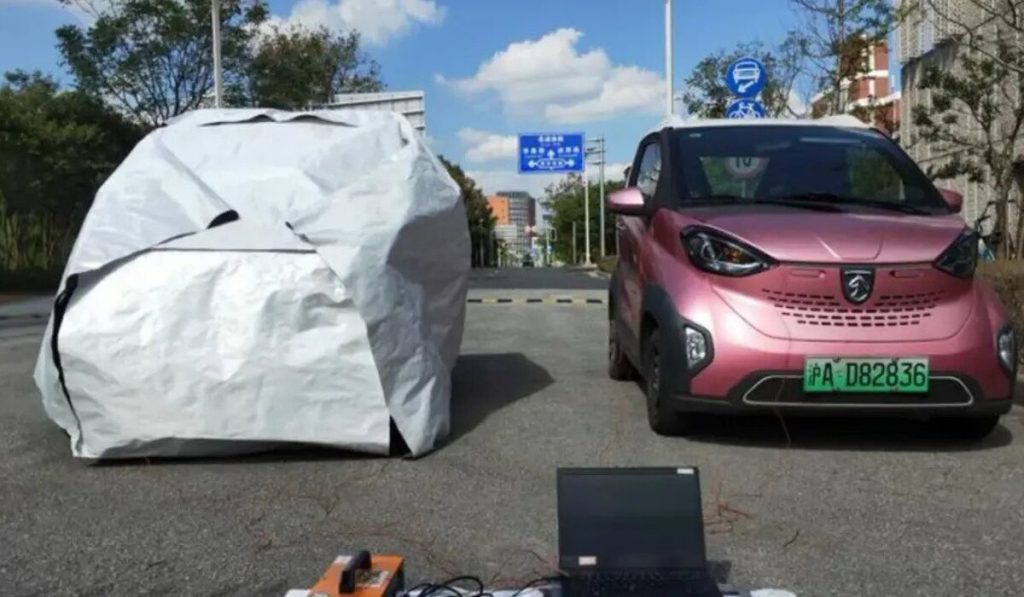A press release mentioned that scientists at Shanghai Jiao Tong University have created a special cover for electric vehicles (EVs) that helps keep them warm in the winter and extends the lifespan of their batteries. EVs can be greatly affected by temperature changes, becoming very hot in the summer and cold in the winter, unlike traditional cars that handle these variations better.
The cover works by shielding the vehicle from the surrounding environment. It consists of two parts: an outer layer that reflects sunlight and an inner layer that traps heat inside. The researchers call it a “Janus cloak” because it has two functions, like the two-faced Roman God.
Similar to how the Earth cools itself through radiative cooling, the outer layer of the cloak emits absorbed energy in the form of long-wave infrared waves. These waves escape into space, helping both the car and the planet to stay cool.
In tests conducted in Shanghai, the cloak reduced the cabin temperature of an EV by 72-82 degrees Fahrenheit (22.8-27.7 degrees Celsius) compared to an uncovered car, which reached a toasty 123 degrees Fahrenheit (50.5 degrees Celsius).
While this feature is useful in summer, it could have a chilling effect in winter or at night. To address this, the researchers used a technique called “photon recycling” to ensure that trapped energy between the cloak and the car remains inside, keeping the cabin temperature around 44 degrees Fahrenheit (7 degrees Celsius) higher than the surrounding air.
The cloak’s design is highly effective because it doesn’t require any additional energy to cool or heat the car. The researchers also made sure to use materials that are easy to manufacture for scalability.
The outer layer of the cloak is made of thin silica fibers coated with boron nitride flakes, which improve sunlight reflection. These fibers are woven into a fabric and attached to the inner layer made of aluminum alloy.
Although using even thinner silica fibers could enhance the car’s cooling, such fibers are not currently producible on a large scale using available techniques. By using materials like boron and aluminum, the team achieved a lightweight cloak with low costs. The cloak is also fire-resistant and durable, making it suitable for regular use.

